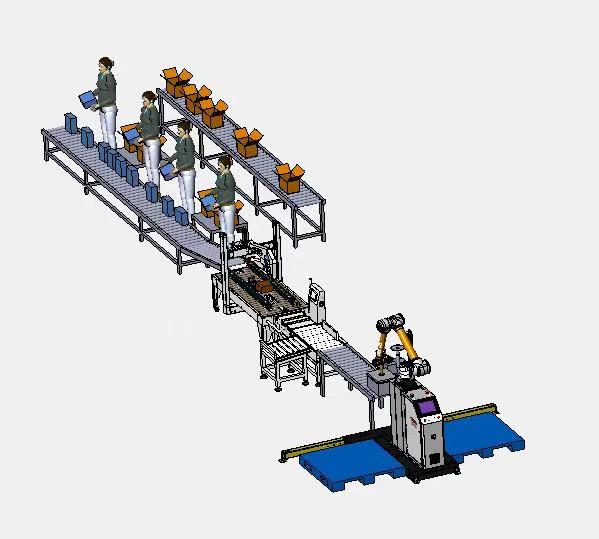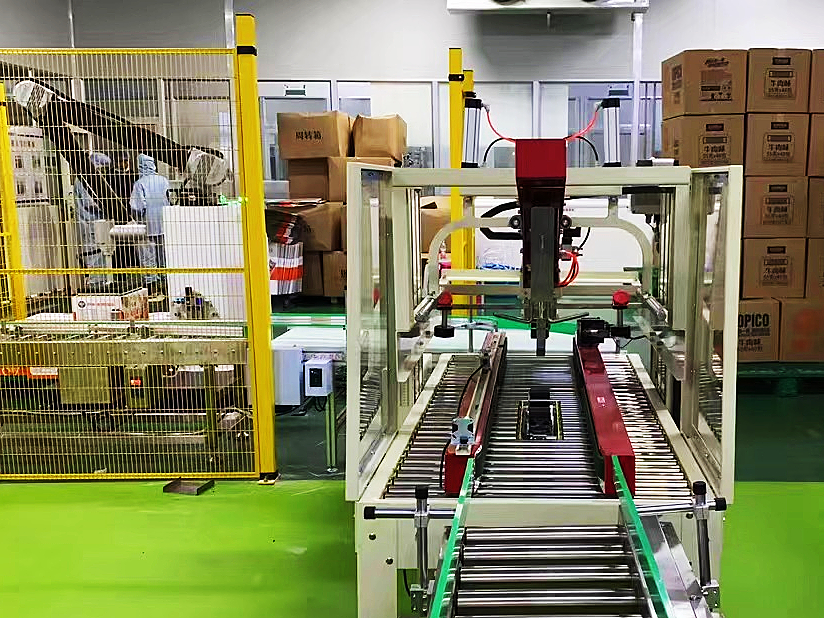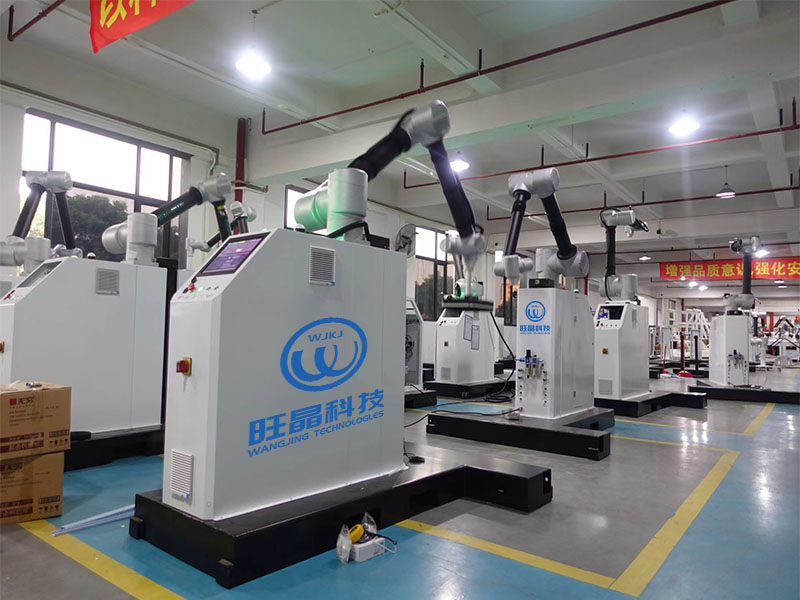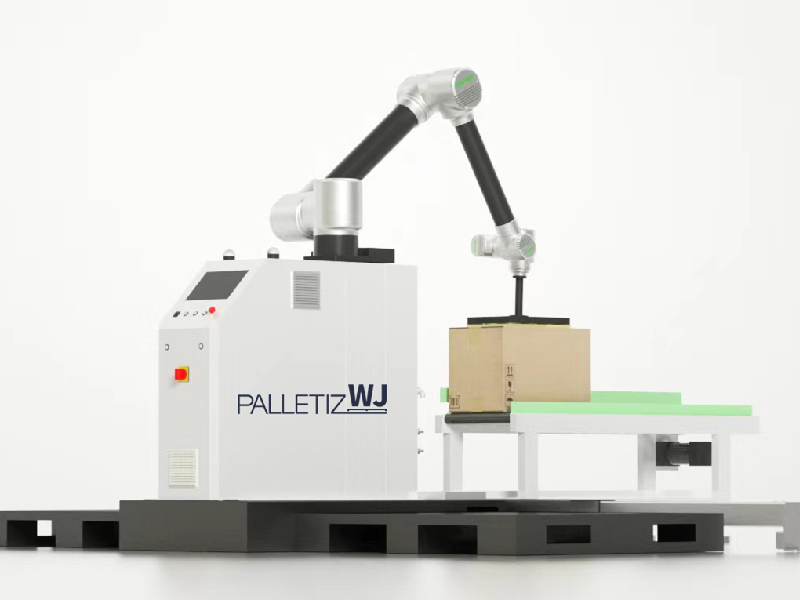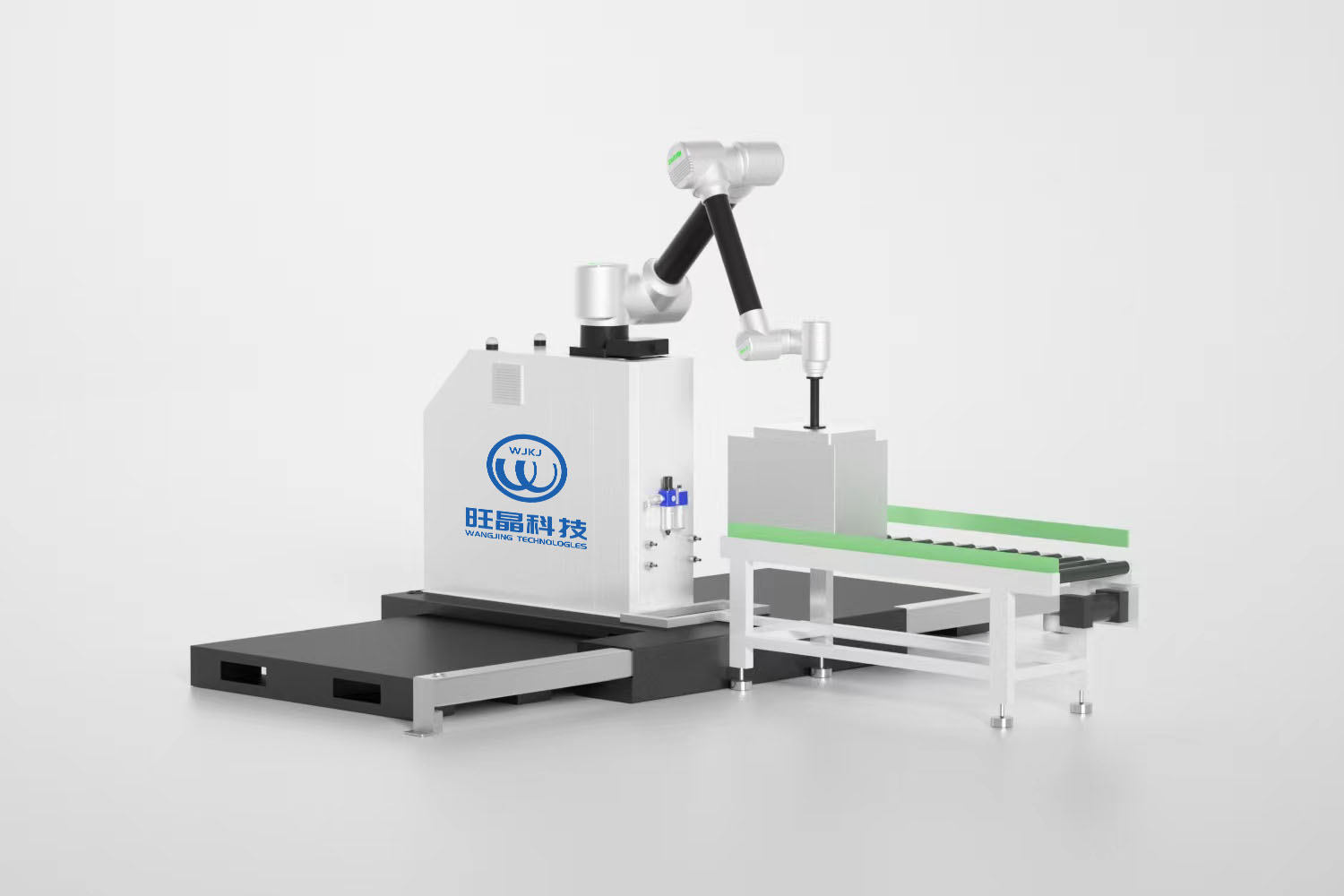Collaborative robots guide future factory changes! Compared with traditional industrial robots, it h
The future intelligent factory is created by the harmonious coexistence of people and machines. It requires robots to cooperate with humans and complete different tasks with humans. This includes not only the traditional tasks of "people can't do it, people don't want to do it, and people can't do it well", but also complex tasks that can reduce human labor intensity and improve the quality of human life,Because of this, human-computer cooperation can be regarded as the essential attribute of new industrial robots.
The development of intelligent manufacturing is inseparable from robots. Developing intelligent robots is the only way to build an intelligent manufacturing equipment platform and improve the automation and intelligence level of manufacturing process.
Cooperative robot refers to the cooperation between robot and human on the production line, giving full play to the efficiency of robot and human intelligence. This kind of robot is not only cost-effective, but also safe and convenient, which can greatly promote the development of manufacturing enterprises. As a new type of industrial robot, cooperative robot eliminates the obstacle of human-computer cooperation and frees the robot from the bondage of guardrail or cage. Its groundbreaking product performance and wide application fields have opened a new era for the development of industrial robots.
Main differences between cooperative robots and traditional industrial robots
First, the target markets of the two robots are different. The research and development of cooperative robots was initially aimed at improving the labor level of SMEs, reducing costs and improving competitiveness, so as to avoid labor outsourcing (leaving jobs at home). Therefore, the initial market of cooperative robots is small and medium-sized enterprises, and the development and growth of cooperative robots cannot be separated from small and medium-sized enterprises. Second, they replace different objects. The traditional robot replaces the machine on the production line, and the robot is an integral part of the entire production line. If the robot in one link fails, the whole production line may be shut down without design backup. In contrast, cooperative robots are flexible, not human beings. They can be exchanged, so the whole production process is very flexible.
Cooperative robot: refers to the cooperation between robot and human on the production line, giving full play to the efficiency of robot and human intelligence. This kind of robot is not only cost-effective, but also safe and convenient, which can greatly promote the development of manufacturing enterprises.
Industrial robot: It is a multi joint manipulator or multi degree of freedom machine widely used in the industrial field. It has a certain degree of automation, and can realize various industrial processing and manufacturing functions relying on its own power and control capabilities. Robots are widely used in electronic, logistics, chemical and other industrial fields.
Compared with traditional industrial robots, the main characteristics of cooperative robots are safety, low cost and easy to use. One of the main selling points of cooperative robots is flexibility and openness. Robot collaboration provides a rich script language extension library. With the characteristics of script language, the software can have higher scalability and portability. The functions are more abundant and flexible. Cooperative robots can play many roles, usually service roles and industrial roles. Cooperative robots are used to provide information, transport goods or provide security protection in public places. Industrial cooperative robots have many applications, including but not limited to picking and placing, packaging and palletizing, assembly, machine maintenance, surface processing, and quality testing and inspection.
Characteristics of cooperative robots
1. Lightweight: make the robot easier to control and improve safety.
2. Friendly: ensure that the robot's surface and joints are smooth and flat, without sharp corners or gaps that are easy to hurt the operator.
3. Perception: Perception of the surrounding environment, and change their actions and behaviors according to the changes of the environment.
4. Man machine cooperation: it has a sensitive force feedback feature, and will stop immediately when the set force is reached. After risk assessment, it is unnecessary to install protective fence, and people and robots can work together.
5. Convenient programming: programming and debugging are very easy for some ordinary operators and people with non-technical backgrounds.
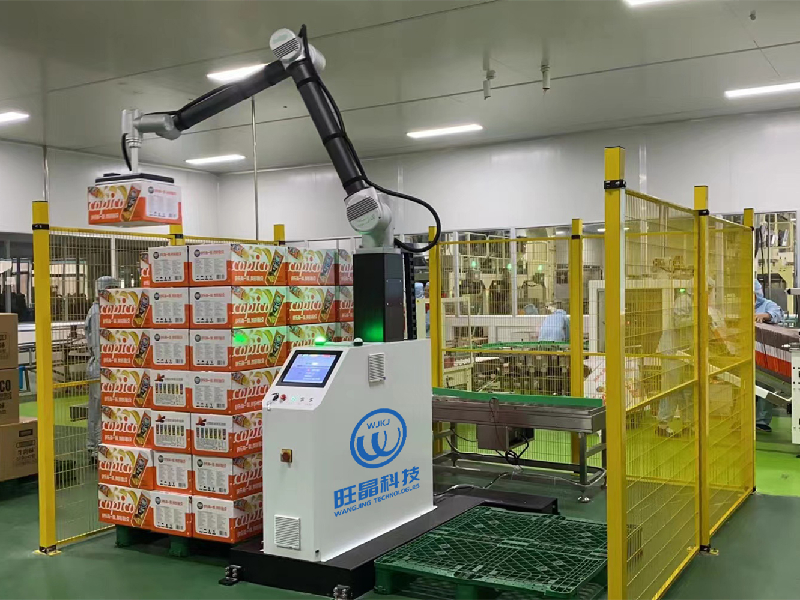
Advantages of cooperative robots
Human machine cooperation has brought fundamental changes to future industrial production and factory manufacturing. Cooperative robots have decisive and important advantages:
1. Reduce the risk of injury and infection, such as using dedicated human-computer cooperative grippers.
2. Complete the repeatable process with high quality, without investment based on type or workpiece.
3. Built in sensing system is adopted to improve productivity and equipment complexity.
Based on the advantages of human-computer cooperation, a more flexible cooperative robot becomes a feasible solution for assembly and extraction. It can give full play to the respective advantages of human beings and robots, so that robots can better cooperate with workers and adapt to broader work challenges.

